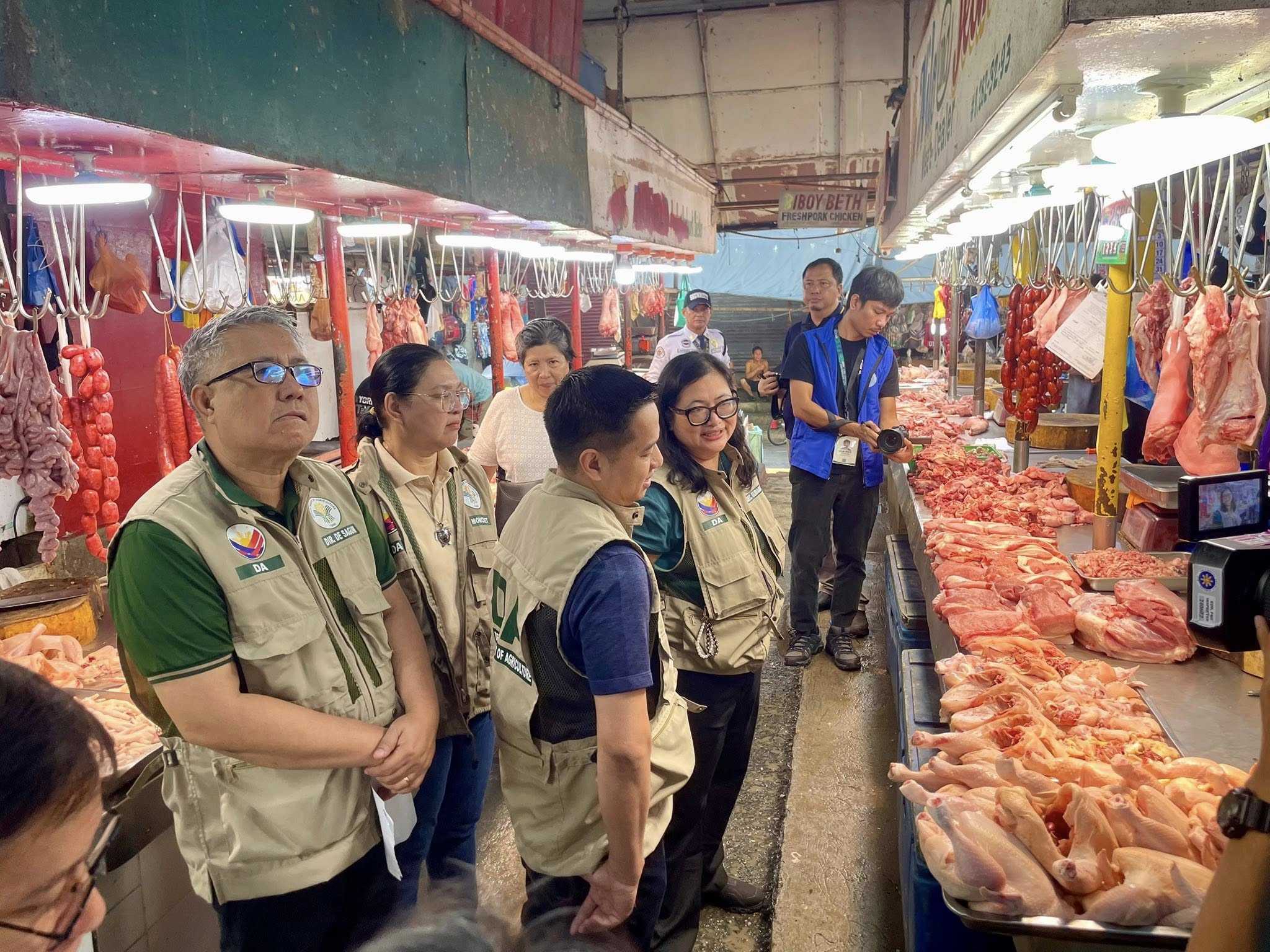
By Stephanie Sevillano | Philippine News Agency
The Department of Agriculture (DA) on Thursday lifted the maximum suggested retail price (MSRP) for pork following the request of the industry stakeholders.
The MSRP for pork is set at P380 per kilo for “liempo” (belly); P350 per kilo for “kasim” (ham) and pigue; and P300 per kilo for “sabit-ulo”.
In a media interview at the Bureau of Animal Industry compound in Visayas Avenue, Quezon City, Agriculture Secretary Francisco Tiu Laurel Jr. said pork stakeholders sought the lifting to give way for a recovery period.
“Iyong lifting ng MSRP sa pork is effective today. The main reason is there’s clamor in the industry na short ang supply na hayaan na silang makabenta ng a farmgate price above P230,” he said.
“Of course, may issue rin ng low compliance. So, we are evaluating our strategy in order to solve this issue and bring down the prices of pork in the near future.”
Among the stakeholders who requested the lifting of pork MSRP are ProPork and the National Federation of Hog Farmers, Inc, according to DA Assistant Secretary Arnel de Mesa.
As of mid-May, the DA said the compliance with the pork MSRP remained low at 30%–40%.
Laurel, however, assured that they will bring back the pork MSRP once they finalize the study and other policy reforms.
The DA, earlier, vowed to intensify the government sale of pork at a cheaper price amid the lifting of pork MSRP, with plans to increase daily live hog procurement to 500 per day from the current 100 per day.
ASF vaccines
Besides these interventions, the DA also disclosed plans to complete a locally produced vaccine against the African swine fever (ASF) by 2028.
“Gagawa ng platform, and then we bid the private sector to mass-produce the vaccine. Ito iyong platform, mag-produce kayo ng bakuna,” DA Undersecretary Constante Palabrica said in a press conference on Wednesday.
“So that by 2028, kapag natapos ito, we’re not going to import more vaccines, mas magaling ang Pilipino,” Palabrica added.
The DA official also emphasized the need for government support for scientists to make this possible.
“It’s just a matter of the government pushing so that these scientists will help our country,” he said.
Besides the completion, the DA also aims to help the country’s hog industry recover before the end of this administration.
“I was tasked by Secretary Kiko (Tiu Laurel) that by 2028, we could have enough pigs pre-pandemic ASF,” Palabrica said.
To date, the DA only uses AVAC live vaccines from Vietnam for the government’s controlled vaccination of healthy and ASF-negative hogs.
According to the Bureau of Animal Industry (BAI), only 86 out of the 40,000 inoculated hogs were among the logged fatalities.
